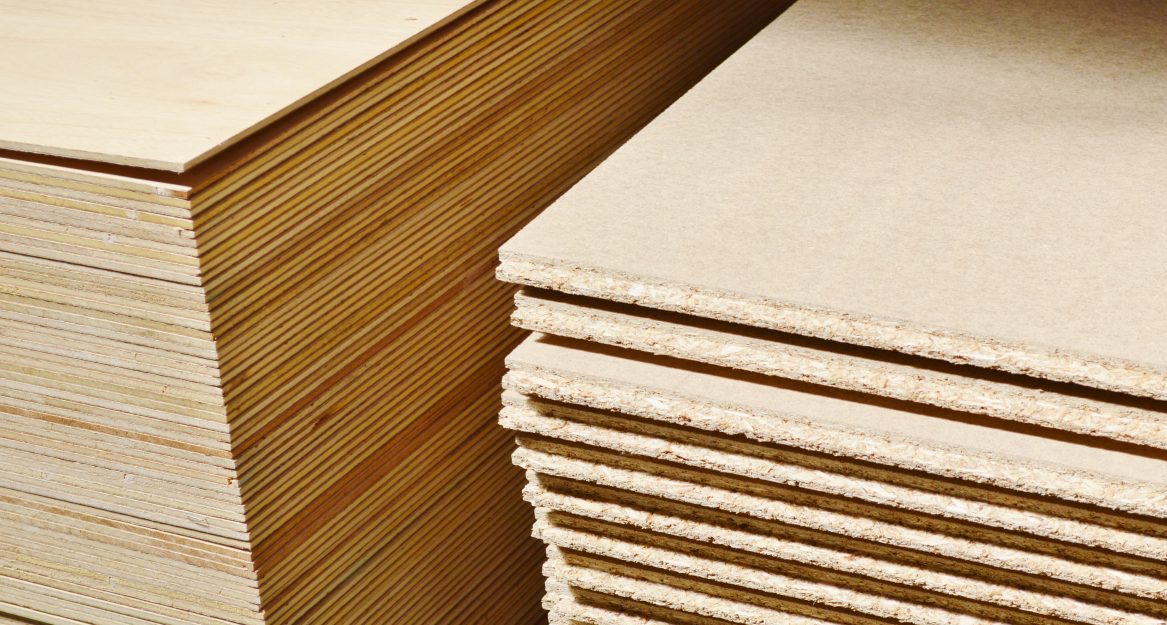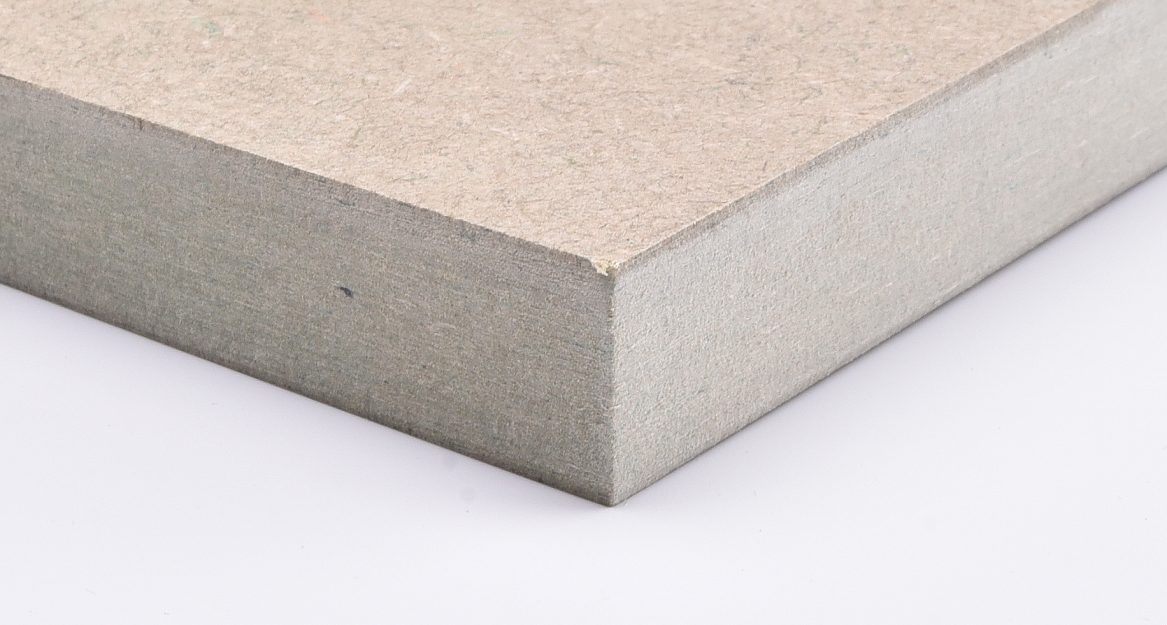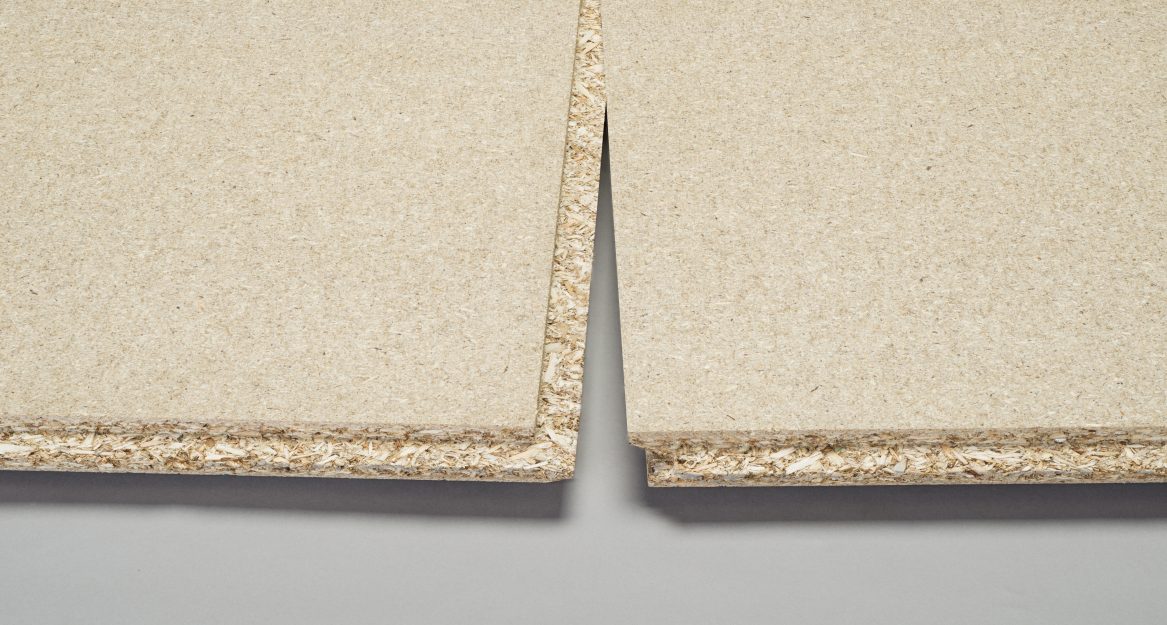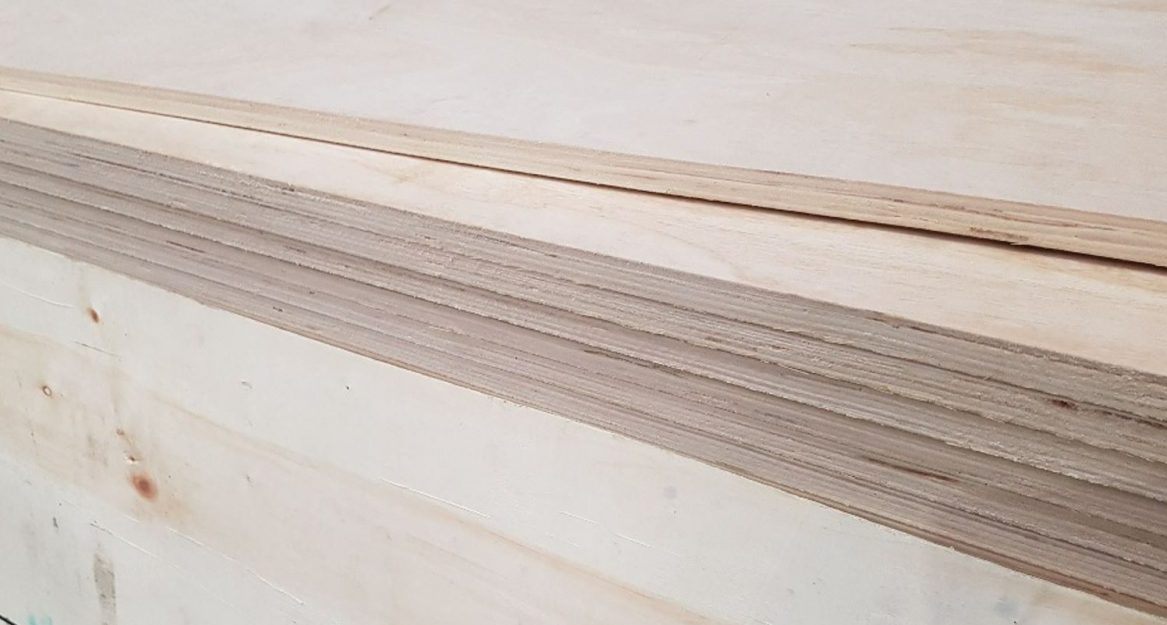MDF, Plywood and Chipboard: Pros and Cons

What is the difference between MDF, plywood and chipboard?
This guide will take you through the advantages and disadvantages of each, and will help you to decide which would be best for your own project.

MDF
MDF, or Medium Density Fibreboard, is an engineered wood composite, similar to chipboard, but is much stronger and denser.
In reality, the manufacturing process of MDF is very complex, but to simplify and to gain an understanding of the product, it is best to think that sawdust and wood fibres are mixed with binders and compressed into sheets of varying thicknesses, under high temperature. The boards set uniformly, with no grain and no internal voids like chipboard.
Advantages
- The surface is smooth with no knots.
- Great surface for painting. Pre-priming is recommended with an oil-based primer.
- Great substrate for a veneer.
- Easy cutting of detailed designs, with routers, jigsaws etc.
- Cut edges are smooth with no voids or splinters.
- Usually cheaper than plywood.
Disadvantages
- Susceptible to water ingress – it acts like a sponge and swells unless it’s well sealed with primer, paint, or another sealing product.
- It shouldn’t be stained as it soaks up the stain and looks terrible without a grain.
- Screw holes and thread channels can be stripped easily due to the loose microstructure.
- It is very heavy due to its density.
- Contains VOCs (urea-formaldehyde). ‘Off gassing’ can be greatly minimized (but perhaps not eliminated) by encapsulating with primer or paint.
- Care needs to be taken while cutting and sanding to avoid inhalation of the particles. It is recommended to cut and sand outside while wearing a mask.

Chipboard
Chipboard is similar to MDF; it is manufactured from waste woodchips and wood shavings, but is more course than the constituents of MDF. The wood shavings are mixed with a binder and compressed into sheets.
Its main uses being for the building of furniture, and for underlayment as a substrate for things like countertops.
Advantages
- The surface is smooth and flat, while being fairly attractive for use in a simple context.
- Great surface for painting, or to attach a veneer.
- Usually cheaper than both plywood and MDF.
- Lightweight and doesn’t easily distort.
- Fairly decent screw-holding capacity.
Disadvantages
- Susceptible to water ingress which reduces the lifespan if subjected to moisture for prolonged periods.
- It has a limited weight-bearing capacity.
- Contains VOCs (urea-formaldehyde). ‘Off gassing’ can be greatly minimized (but perhaps not eliminated) by encapsulating with primer or paint.
- Care needs to be taken while cutting and sanding to avoid inhalation of the particles. It is recommended to cut and sand outside while wearing a mask.

Plywood
Plywood is also an engineered product, made by pressing and binding many individual sheets of wood veneer together into one solid piece.
Available in different thicknesses and different grades. Lower grades are used in construction as they will be covered, while higher grades, such as stain grade are smoother and more attractive, with a wood grain and fewer knots, meaning they can be used for finishes and display purposes.
The higher grades of plywood (stain grade, cabinet grade, etc.) are much smoother and more attractive. They have consistent wood grain showing, and generally lack knot holes or other major imperfections. And cabinet grade plywood is always sanded very smoothly on the surface.
It can be constructed from a multitude of different wood species, such as oak or maple, to get a variety of finishes, while marine plywood has a level of moisture resistance (but is not waterproof).
Advantages
- Very strong as the grain on each layer runs in a different direction.
- Won’t soak up water and swell as quickly as MDF – ‘marine ply’ is more resistant again, but is not waterproof as generally thought.
- It is stainable, perfect for projects where you want a large stained wood surface.
- Holds screws very tightly since the varying grains of wood on each layer give the screws good purchase.
Disadvantages
- More expensive than MDF – the higher the grade, or with specialist wood finishes, the more expensive it gets.
- Edges reveal the layers. They can be covered if necessary with iron-on edge banding, veneer or decorative moulding.
- Difficult to get a smooth or detailed finish when cut – will often splinter.
- Like MDF, most contain urea-formaldehyde and other VOCs which can off-gas into your home. Take precautions while cutting.
